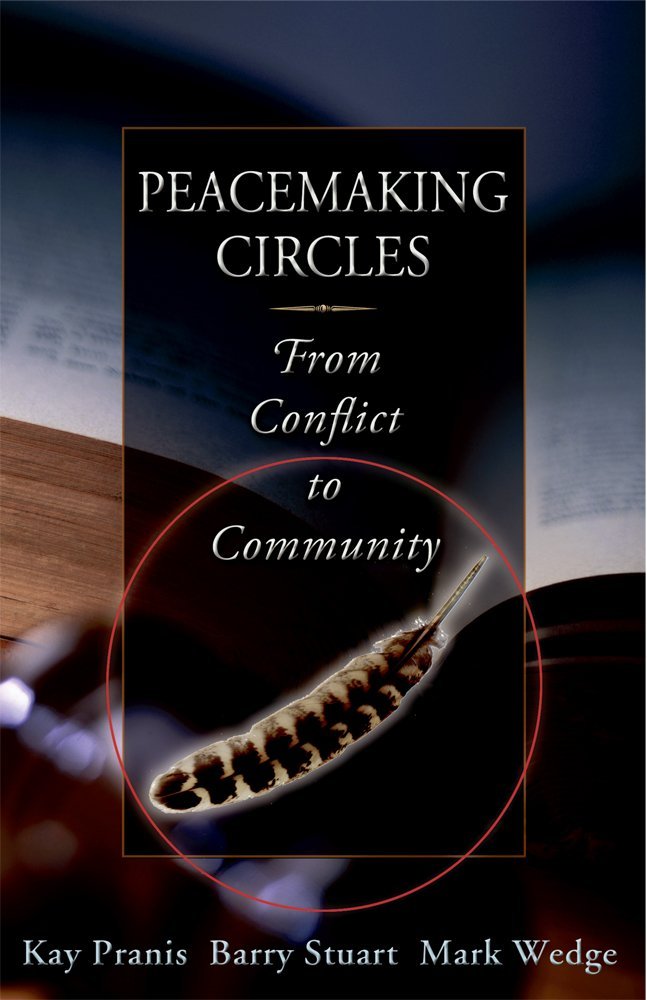Peacemaking Circles: From Conflict to Community
by Kay Pranis, Barry Stewart & Mark Wedge
2003 · Living Justice Press · 277 pages
In this ground-breaking book, the authors outline both the spirit and the structures that make up the peacemaking Circle, or Council process as it is used in communities, schools, correctional settings, and in healing many other kinds of harms. Many stories of healing which have taken place in Circle settings are included, as well as observations from those who have been facilitating Circles for years.
A time-tested paradigm for healing relationships and keeping them healthy, Peacemaking Circles explores how communities can respond to crimes in ways that address the needs and interests of all those affected—victims, offenders, their families and friends, and the community. Based on indigenous teachings combined with current research in conflict resolution, the Circle process described here builds an intentionally safe space where we can bring our best selves to some of our most difficult conversations.
Though the book relates the process to criminal justice, the explanation of Circle philosophy and practice can be readily applied to hurts and conflicts in other areas of life. Above all, the book offers a grounded vision for how we can be together “in a good way,” especially when it seems hardest to do. [Text Source: Living Justice Press]
“The book [Peacemaking Circles] reminds me of the way that the Plains Indians often settled their disputes. A council would meet and discuss the nature of the problem, or crime, and every one would speak to the issue. Then elders would ponder the problem for a long time—unless it was a particularly heinous crime—and finally a solution would be found. The elders, of course, always sat in a circle to remind people that we are all equals and all participants. I think that format was probably used by most tribal people. I can’t imagine a select group hearing a dispute and then rendering a quick judgment without causing great disruption in the community.
The circle eliminates the feeling of institutional coercion and enables people who have been injured to heal themselves and also places the offender in a position where, to keep any sense of personal integrity, he or she has to live up to community standards. Everyone learns from the experience. Contrast that with our procedures today where the family of the injured person gets a chance to curse the offender after that person has been convicted and the family is further encouraged to announce publicly that they have been partially revenged. Here no one learns anything and the courtroom becomes merely an arena for institutionalized vengeance.” Vine Deloria, Jr. [Text Source: Living Justice Press]

